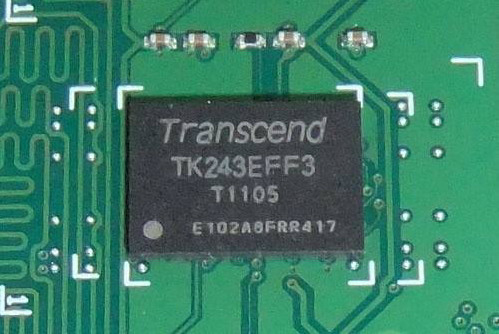The influence of right-angle traces in PCB design
Right-angle wiring is generally a situation that needs to be avoided in PCB wiring as much as possible, and it has almost become one of the standards for measuring the quality of wiring. So how much influence will the right-angle wiring have on signal transmission? In principle, right-angle routing will change the line width of the transmission line and cause discontinuity in impedance. In fact, not only right-angle routing, but also corners, sharp-angle routing may cause impedance changes.

The influence of right-angle wiring on the signal is mainly reflected in three aspects: one is that the corner can be equivalent to a capacitive load on the transmission line, which slows down the rise time; the other is that impedance discontinuity will cause signal reflection; the third is that the right-angle tip is generated. EMI.
The parasitic capacitance caused by the right angle of the transmission line can be calculated by the following empirical formula:
C=61W(Er)1/2/Z0
In the above formula, C refers to the equivalent capacitance of the corner (unit: pF), W refers to the width of the trace (unit: inch), εr refers to the dielectric constant of the medium, and Z0 is the characteristic impedance of the transmission line.
As the line width of the right-angle trace increases, the impedance there will decrease, so a certain signal reflection phenomenon will occur. We can calculate the equivalent impedance after the line width increases according to the impedance calculation formula mentioned in the transmission line chapter, and then Calculate the reflection coefficient according to the empirical formula: ρ=(Zs-Z0)/(Zs+Z0). Generally, the impedance change caused by right-angle wiring is between 7%-20%, so the maximum reflection coefficient is about 0.1.
The above is an introduction to the influence of right-angle routing in PCB design. Ipcb is also provided to PCB manufacturers and PCB manufacturing technology.